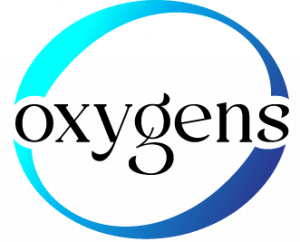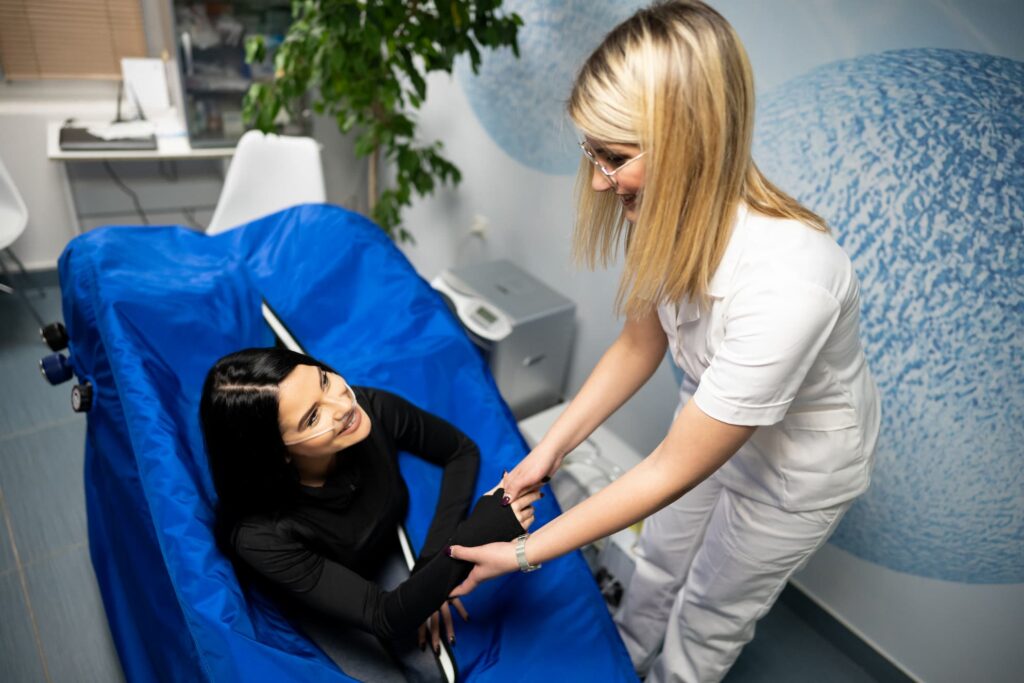What It Is, Facts, and Benefits
Hyperbaric Oxygen Therapy Chamber (HBOT) is an increasingly popular treatment used primarily to accelerate healing. HBOT is commonly used by scuba and deep-sea divers to treat decompression sickness resulting from rapid pressure changes during their diving exercises. HBOT has been in use since the early twentieth century and was even favored by the U.S. Navy, which used it extensively for treating its divers.
More recently, HBOT has found use across a vast spectrum of medical treatments, including carbon monoxide poisoning, diabetic foot ulcers, crush injuries, delayed radiation injury, certain infections, open wounds, and many other conditions.
What is Hyperbaric Oxygen Therapy Chamber (HBOT)?
Hyperbaric oxygen therapy (HBOT) uses a special chamber to create a high-pressure environment with pressures 1.5 to 3 times higher than the atmospheric pressure and 100% pure oxygen. The therapy aims to supply pure oxygen to the body to accelerate natural healing and fight infections. The high-pressure, high-oxygen concentration environment allows the lungs to absorb more oxygen than what it does under normal conditions and supply it to the tissues that need it.
Increases Oxygenation to Promote Tissue Healing
Body cells require oxygen to heal damaged tissue. Since 21% of the atmospheric air is oxygen, breathing regular air can supply only a limited amount of oxygen to the body. HBOT delivers 100% pure oxygen to the lungs, which is subsequently readily absorbed into the plasma and supplied to various tissues across the body.
HBOT treats a broad range of conditions, including:
- Physical injuries from sports, crashes, burns, or therapies
- Carbon monoxide poisoning
- Severe anemia
- Infections that cause tissue death
- Air bubbles in blood vessels
- Brain abscess
- Sudden deafness
- Sudden vision loss
- Non-healing wounds, such as in diabetic patients
- And many more
Promotes Blood Flow and Circulation
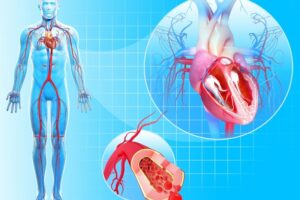
Insufficient blood or insufficiently oxygenated blood can lead to hypoxia and hypoxemia, ultimately decaying and killing the body tissues. HBOT not only increases oxygen levels in the body but also improves blood circulation and blood supply to the body’s tissues.
Saturation of blood with oxygen expels poisonous gases from the bloodstream and reverses poisoning, blockages, and other health risks.
Promotes Blood Cell Production and Repairs Damage
Oxygen-rich blood stimulates the production and growth of new blood cells and blood vessels, which are more effective in supplying essential nutrients to various tissues in the body, thereby boosting cellular level growth and tissue repair.
Fights Signs of Aging and Injuries
HBOT promotes the production of collagen, which is crucial for the health of skin, muscles, tendons, and ligaments, among other tissues. Higher collagen production keeps the body healthy and agile, besides healing skin injuries, radiation injuries, and skin grafts.
Promotes Healing of Wounds
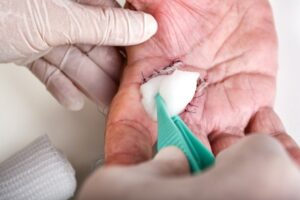
Infections and physical injuries damage the blood vessels in the affected area and lead to leakage of fluids in the surrounding tissues. This causes swelling and oxygen deficiency in the surrounding tissue and extended periods of this condition leads to tissue decay. A common example is the necrosis of tissue surrounding broken bones.
HBOT supplies the much-needed boost of oxygen required to arrest and even reverse tissue decay and provides the essential nutrients that stimulate healing in the affected tissues.
Boosts Body’s Immune Response
Open wounds and injuries allow harmful bacteria to enter into the body. Once entering the body, they can damage bones, brains, spinal cord, and other tissues. Fortunately, they cannot thrive inside the body’s oxygen-rich environment created by HBOT. High concentrations of oxygen also neutralize the deadly toxins produced by bacteria. Lastly, oxygen-rich blood promotes cellular health across the body, including white blood cells that fight bacteria.
Alleviates Chronic Pain
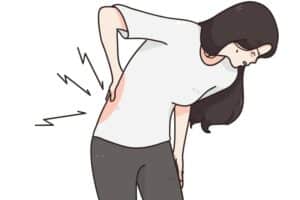
Chronic pain can severely affect patients’ mobility, comfort, and quality of life. However, chronic pain affects an increasingly higher portion of the population, especially among the older generations.
Hyperbaric Oxygen Therapy alleviates musculoskeletal pain, increases pain thresholds, and reduces tender pain among patients. As a result, patients experience a marked improvement in mobility and physical flexibility too.
Prevents the Formation of Gas Bubbles
Air bubbles are a common but dangerous phenomenon experienced by scuba divers, deep-sea divers, and miners who work well below sea level. They are subjected to enormous water pressures at that depth. Decompression forces generated by the quick return to the surface can release dissolved gases, such as nitrogen in the bloodstream and cause bubble formation. These bubbles can disrupt blood flow and even block it. Such disruptions in major arteries can cause cardiovascular complications.
Hyperbaric oxygen chambers slowly reduce the air pressure and allow divers’ bodies to acclimate to the pressure change. Dissolved gases in the blood are slowly released into the air without forming bubbles.
HBOT Prevents Reperfusion Injury
When blood supply returns to tissues after extended periods of oxygen deprivation, such as in the aftermath of injuries, harmful free radicals are released. These free radicals damage tissues at the genetic level and cause irreversible damage. HBOT neutralizes free radicals and prevents them from causing tissue damage.
What to Expect From HBOT
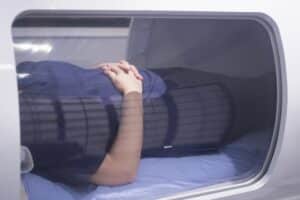
HBOT is usually administered in two types of chambers: single-unit chambers and HBOT rooms. Single-unit chambers accommodate one person, who lies down on a retractable table that slides into a transparent chamber. HBOT rooms can take different forms. They may allow you to sit or lie down. You may receive your oxygen supply through an oxygen mask or a transparent hood that goes on your head.
HBOT sessions usually last from 45 minutes to 5 hours, depending on the purpose of the treatment. Patients are only required to sit or lie in a relaxed manner in the HBOT chamber and breathe deeply.
Initially, patients usually experience plugged ears as pressure increases, but they can be popped by swallowing. When the session is over, patients may experience short-lived minor side effects like headaches and fatigue.
The effectiveness of HBOT in treating medical conditions varies from one condition to another. Other factors that affect the treatment’s outcome include the location of tissue damage, patient age, comorbidities, and length of treatment.
Related Guides
Ask a Question, request a Brochure and/or a Quotation:
If you have any questions or would like to know further details of our product range, availability, and pricing for hire or purchase please use the button below.
